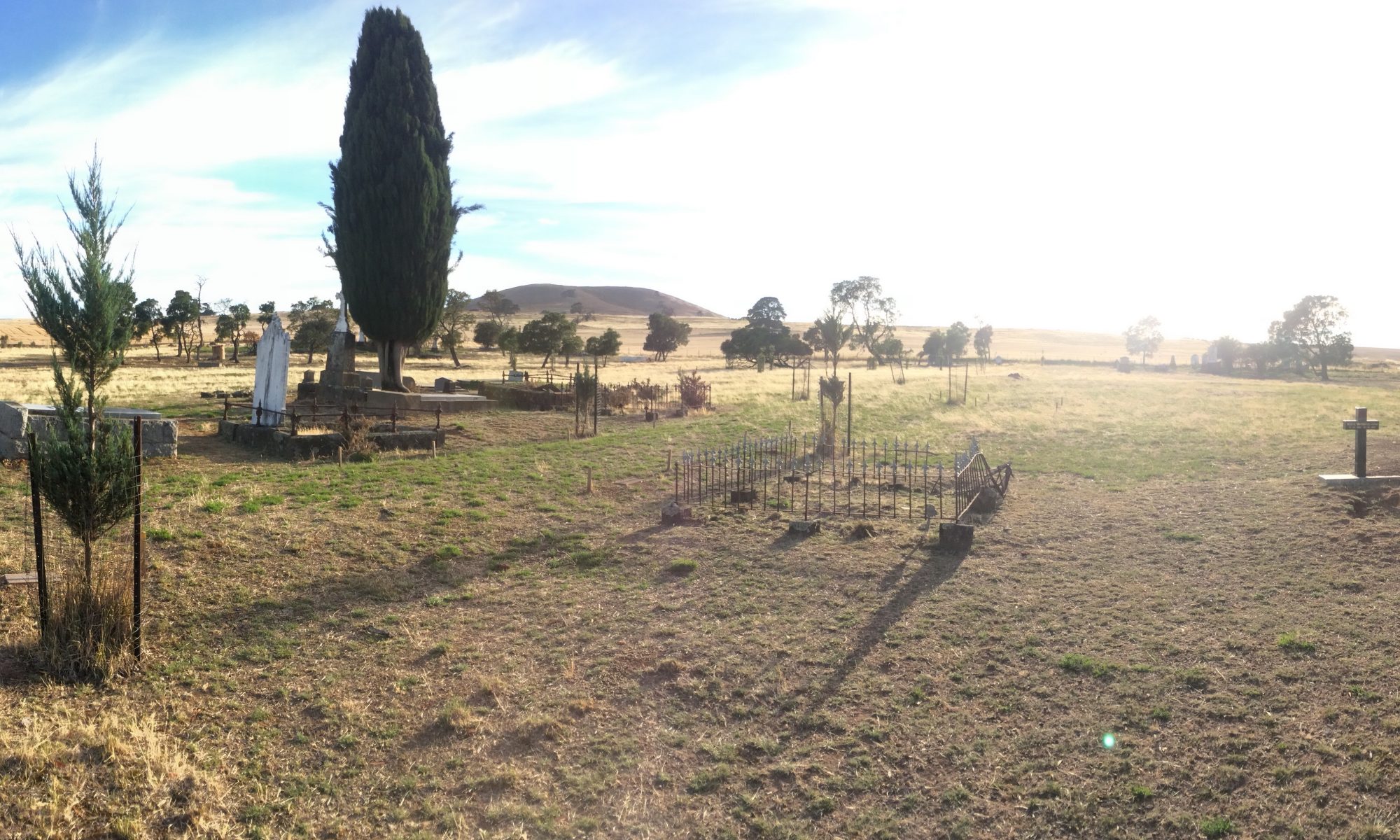When reading this article, keep in mind that ‘objects’ can include individual soil layers, not only archaeological artefacts or features.

Ground-penetrating RADAR (GPR)
Ground-penetrating RADAR is a geophysical method which involves transmitting radiowaves into the ground. Radiowaves are reflected by buried objects back up to the ground surface, which are detected by a receiver antenna and the time taken for the radiowave to travel down into the ground and then back up to the receiver antenna is recorded by a computer. The technology, mounted on a hand-pushed cart, works in a similar fashion to SONAR systems used by submarines.
By recording these reflections all over a survey area, a three-dimensional map of buried structures can be created.

What does GPR find?
The ability of a buried object (or soil layer) to reflect radiowaves depends on what is known as its Relative Dielectric Permittivity (which is, essentially, its electrical conductivity). Further, there must be an electrical contrast between the reflecting object and the soil in which it is buried for the object to be detected.
The contrast in electrical conductivity does not need to be as extreme as an iron bar against sand; more subtle contrasts can be detected, meaning that even the small variations in soil moisture caused by digging a hole (such as a grave) can be detected easily.
This means that, in their own right, almost everything can be detected… under the right conditions.
What can’t GPR find?
Because the technology relies upon the difference in electrical conductivity of an object, objects cannot be detected if they are buried in a pile of other objects with the exact same conductivity. Thankfully, this almost never happens. An example would be trying to find a coin in a scrap heap.
GPR limitations
The major issue with GPR is the type of soil present. Water-logged soils, such as silts and clays, will absorb radiowaves, preventing them from traveling into the ground. Metals act in the same manner, making GPR surveys over reinforced concrete almost useless (unless, of course, you want to map the reinforcing bars themselves).
While clay soils are a problem for finding objects or archaeological features buried at depth greater than a metre, they generally aren’t a problem when searching for soil disturbances caused by grave shafts, as the disturbance starts at the ground surface and continues deep into the ground. As there is no need to see the bottom of a grave shaft to detect a grave, clays and silts aren’t a major problem (although should certainly be considered).

